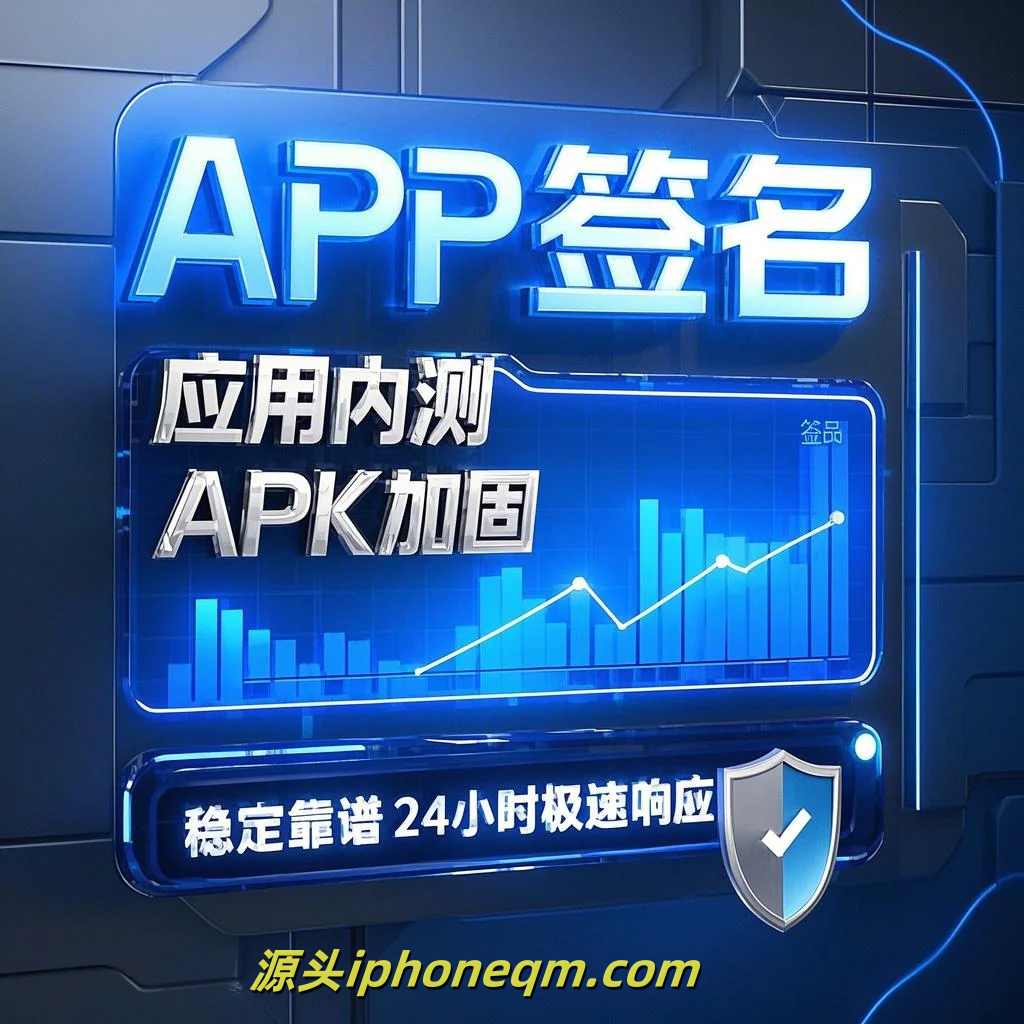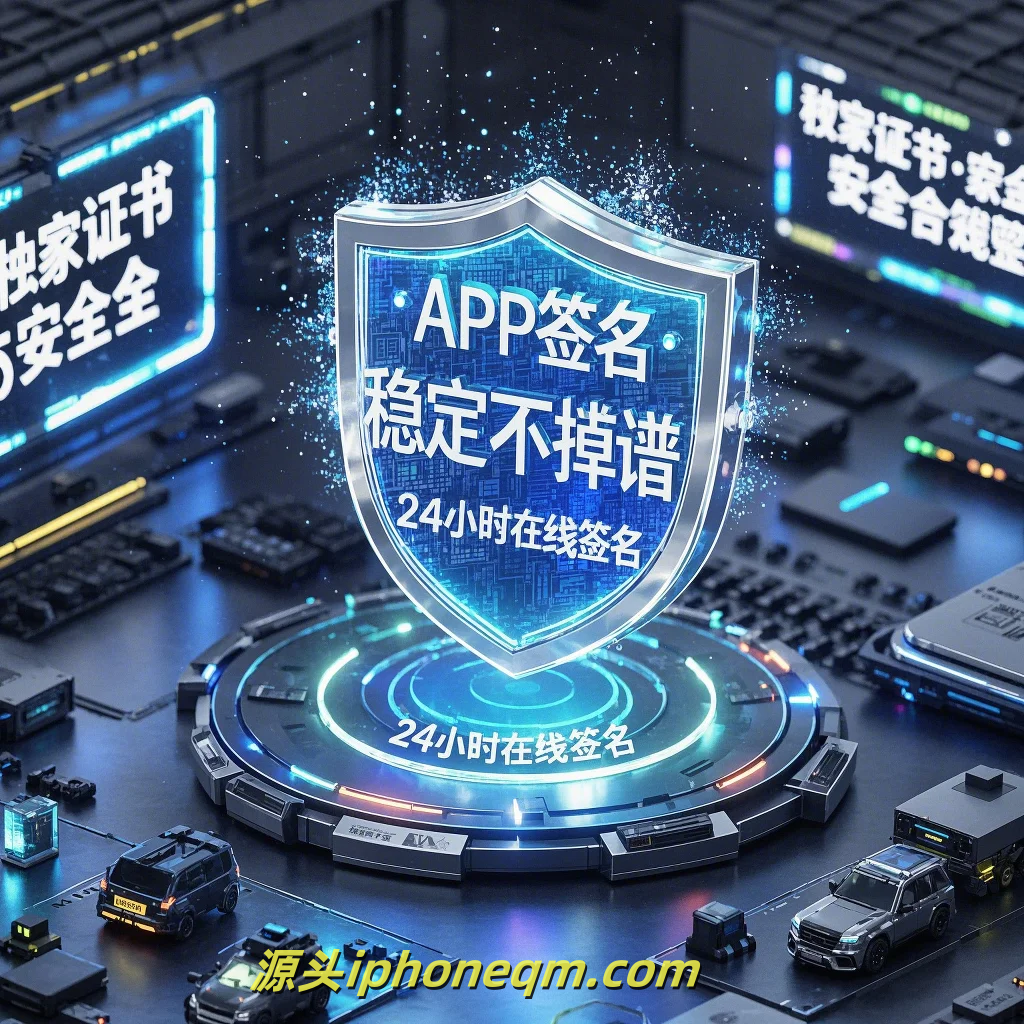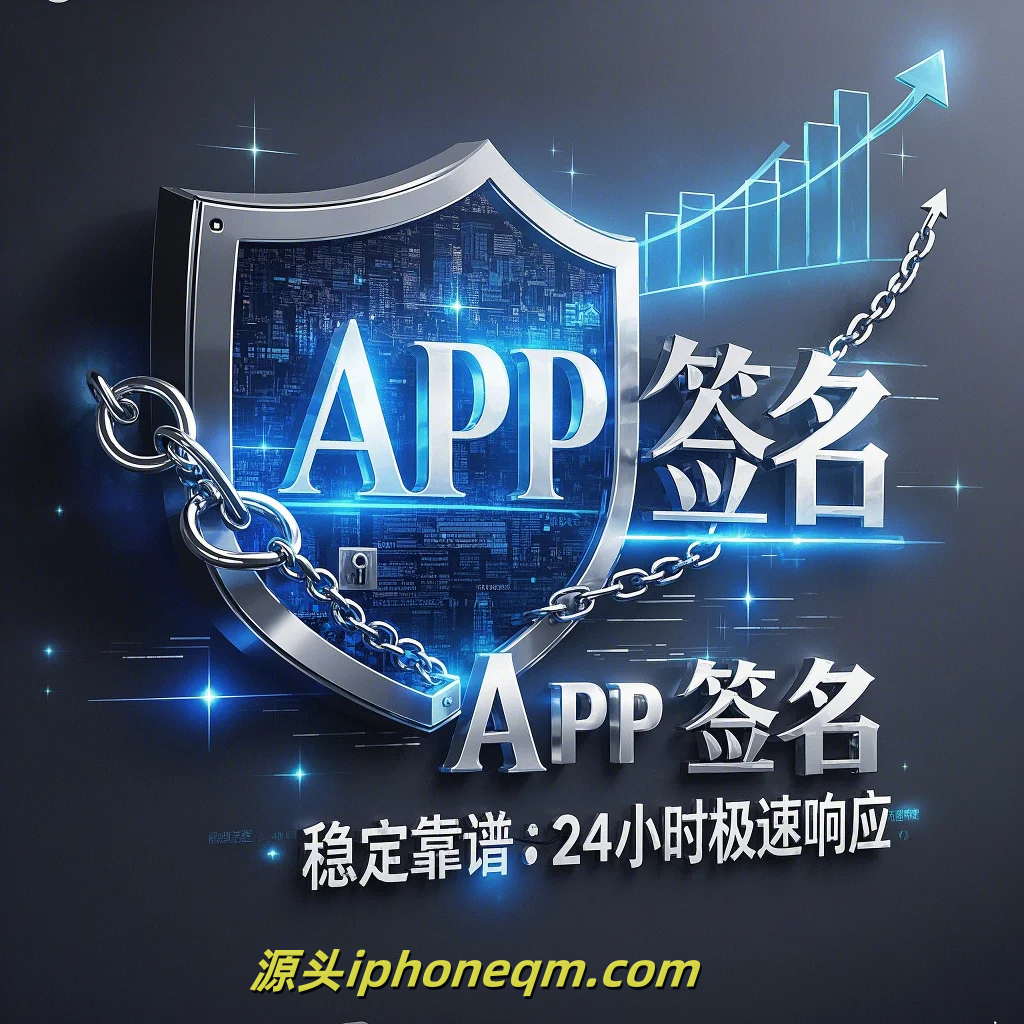How iOS Signing Certificates Work Hand in Hand
In the world of mobile app development, particularly for iOS, the signing certificate is a crucial component that ensures the security and integrity of applications. Understanding how iOS signing certificates work together with the entire development and distribution process can demystify a lot of the complexities involved and help developers navigate the ecosystem more effectively.
Firstly, let's define what iOS signing certificates are. These certificates are essentially digital signatures that verify the identity of the app developer or organization. This process is vital because it helps prevent malicious apps from being introduced to the App Store or from running on users' devices. When an app is signed with a valid certificate, it provides a guarantee to users that the app originates from a legitimate source and has not been tampered with.
To get started with iOS signing certificates, developers first need to enroll in the Apple Developer Program. This provides access to the necessary tools and resources for app development. Upon enrollment, developers can create signing certificates via the Apple Developer portal. These certificates come in several forms, including development certificates and distribution certificates. Development certificates are used for testing apps on devices, while distribution certificates are used to submit apps to the App Store.

The next critical component to consider is provisioning profiles. A provisioning profile acts as a bridge between the app’s code and the devices on which it can run. It contains information about the app’s bundle ID, the developer’s certificates, and the devices that the app is allowed to run on. When these components are combined with the signing certificate, it forms a secure package that can be deployed to end-users. The provisioning profile ensures that the app is only installed on authorized devices, further enhancing security.
Now, let's talk about the signing process. When a developer finishes an app, they use their signing certificate along with the relevant provisioning profile to sign their code. This digital signature is an integral part of the build process and is done using tools like Xcode. Once signed, the app is ready for distribution, either through ad-hoc methods for private testing or through official App Store submissions.
When an app is submitted to the App Store, it undergoes a thorough review process. Apple checks the app's signing certificates and provisioning profiles to ensure that everything is in order. If any discrepancies are detected—like an expired certificate or a misconfigured provisioning profile—the submission will be rejected. This is why it's crucial for developers to maintain an up-to-date certificate and profile management strategy.
Moreover, every certificate comes with an expiration date. It is vital for developers to monitor their certificates and renew them well in advance to avoid any disruptions during the app development or distribution cycles. Failing to do so could result in being unable to build or submit apps until the issues are resolved.
In conclusion, iOS signing certificates and provisioning profiles work hand in hand to secure the app development and distribution processes. Developers must ensure they are properly set up and maintained, as the integrity and trustworthiness of an app rest heavily on these components. By understanding how these elements interact, developers can build safer applications and provide a seamless experience for their users, leading to greater success in the competitive mobile app marketplace.
扫描二维码推送至手机访问。
版权声明:本文由MDM苹果签名,IPA签名,苹果企业签名,苹果超级签,ios企业签名,iphoneqm.com发布,如需转载请注明出处。












